I Refuse to Keep Supporting My Daughter and Her 5 Kids for Free

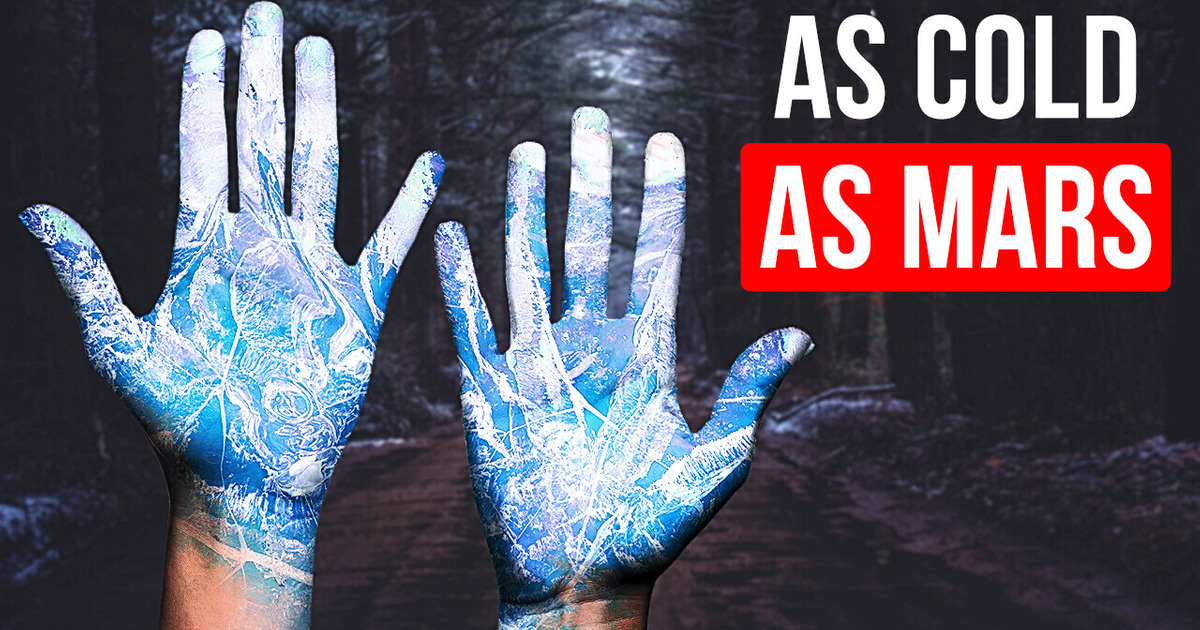
Our planet sure is full of mysterious, unbelievable places. But here’s a list of spots that look like they came straight out of a sci-fi movie. I bet you’ll be googling them later to see if they are truly real or not!
If I asked you to think of the coldest place on Earth, you’d probably say it’s somewhere in Antarctica or the North Pole, right? But what if I asked you to name the coldest cities on Earth? One where people actually live. Well, think Winnipeg in Canada, which once got as cold as the uninhabited planet of Mars. It so happens that on one of its warmest days, Mars’ surface temperature reached a maximum of −20 F.
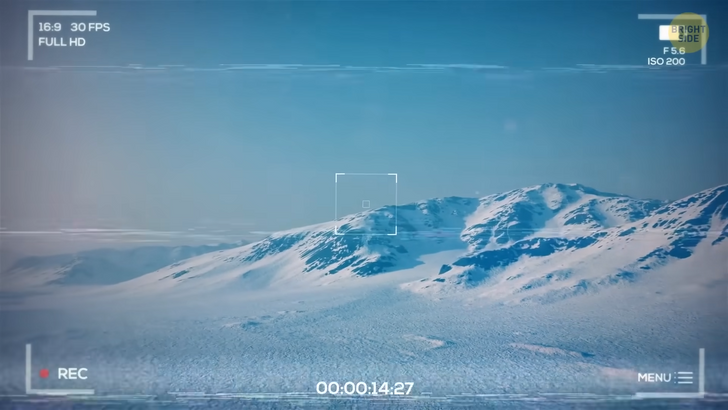
That same day, stiff northerly winds made the air temperature feel like −40 F. That meant that exposed skin could freeze in less than five minutes. Yeah, the same thing took place on Earth, in Winnipeg. Even in these extreme days, people have to carry out their daily activities.
See those shopping bags hanging on apartment windows? Well, people use the outside air to keep some of their food frozen since they basically live inside a mega freezer! In Winnipeg, you’ll find your share of cold-day experiments. Like people that boil water just to take it outside, throw it up in the air, just to watch it freeze mid-throw. Yes, it’s that cold. Oh well, I guess I won’t be visiting anytime soon.
Now, all the way down in Senegal, Africa, one bears witness to an unbelievable sight. Some 18 miles north of Dakar, the country’s capital, lies a unique lake. Arriving there, you might think you are walking out of a spaceship and into an unknown planet: after all, have you ever seen real-life pink water before?
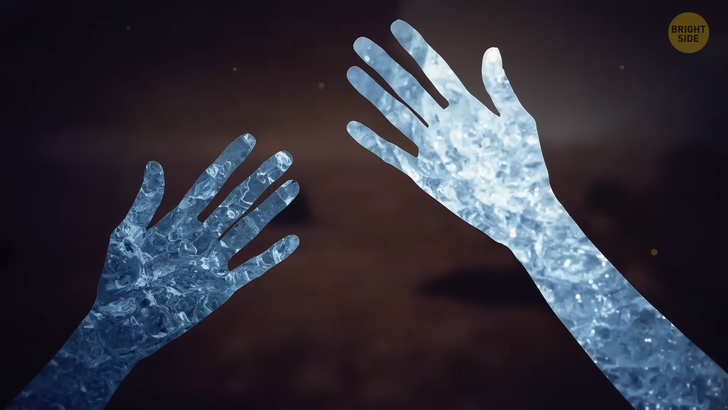
The so-called Lake Retba, or Lac Rose, as known by locals, has become internationally famous for shining in its vivid pink color. And yes, you can swim there if you’d like! But you should know the water is extremely salty. Lake Retba is known to be one of the world’s saltiest lakes, with a saline level of over 40%. And in case you are wondering why the water is pink, I assure you this has nothing to do with otherworldly factors. It is actually due to the high levels of salt.
The algae known as Dunaliella salina is the one responsible for the pink shading. These algae produce red pigments that absorb sunlight, giving the lake its striking pink color. But if you’d like to catch the lake in its brightest color, you should go during the dry season, between November and June. In other months, the rainwater dilutes the pigments and its color becomes less distinct. Lake Retba has turned into a highly famous international attraction in recent times, since after all: who wouldn’t love a picture swimming in an infinity of pink?
The island of New Zealand is traditionally known for its scenic landscapes. But hidden inside a few isolated caves in the country’s North Island, lies a wondrous underground phenomenon too surreal to be true. To access this natural wonder, you’ll have to descend over 150 ft. Through a labyrinth of caves that gets darker and darker by the minute, you’ll reach places of complete darkness.
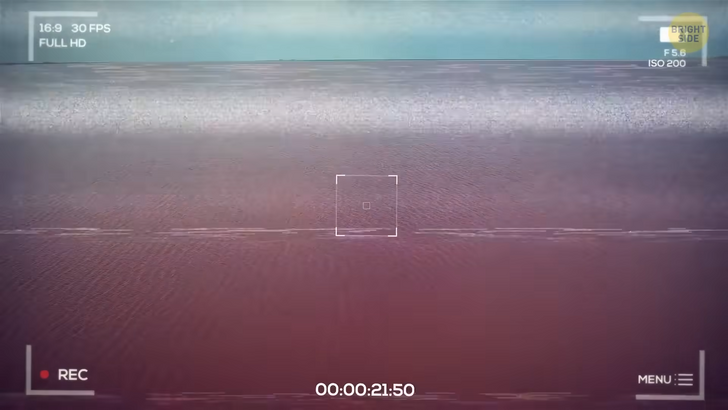
There, standing majestically glued to the cave’s ceilings, you’ll see New Zealand’s native glowworms. These glowworms are the larval forms of a species of fungus that are endemic to the country. They’re a strange luminescent species that thrive only in the depths of the Earth. Day or night, they’ll be down there twinkling their blue light, hoping to attract unsuspecting prey. If you are lucky enough to tour around these caves, you’ll feel like you’re floating inside a galaxy, while thousands of living stars sparkle above you, reflecting their glow into the waters beneath your boat.
Speaking of caves, Mexico is home to one of the world’s most astounding caves, the so-called Cave of Crystals. If you think you’ve seen giant crystals before, wait until you check these out. Around 1910, a team of miners was digging a shaft in the outskirts of Naica, a town located in the Chihuahua province in Mexico. At around 390 ft, they found a large cave filled with clear selenite crystals.
Now, jump another 90 years to the time when another team of miners dug further into the ground, reaching a depth of around 980 ft when they found something much more surprising. It was a cave filled with impossibly large crystals, some measuring up to 39 ft long and weighing up to 55 tons. Science explains that 26 million years ago, the cave was filled with mineral-rich hot water, which allowed for the formation and growth of such huge selenite columns.
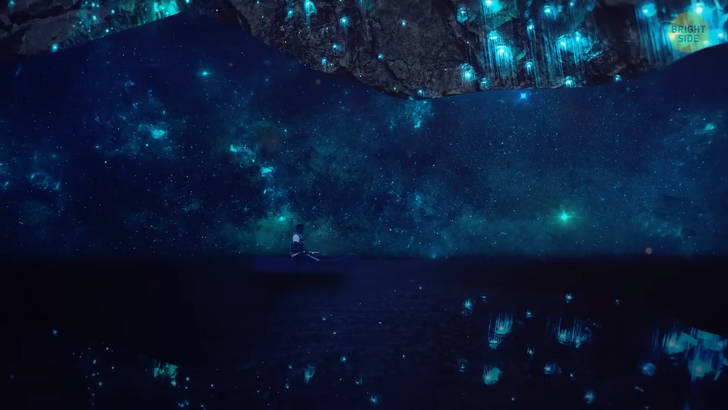
The Naica crystals are believed to be the biggest ones in the world, making a human that stands beside it looks like a very tiny creature. Oh, and speaking of standing inside the cave, conditions there are far from welcoming to us humans. Temperatures reach 136 F and the air is filled with 99% humidity, making it extremely difficult to breathe without the help of protective gear. And even so, a person can only last up to 20–30 minutes down there.
The Kuang Si Falls, which are located about 18 miles south of the city of Luang Prabang, in Laos, is a complex waterfall formation. Because of the bedrock in the region, the waterfall was developed in a highly unusual way. It’s a three-tiered waterfall, which is at first a series of shallow pools on the cliff edge, that ultimately lead to the main fall that has a drop of around 200 ft.
As soon as you see this place it becomes clear why it’s one of the most popular relaxation spots for tourists in the country. The water is clear and turquoise, and virtually every angle makes for a perfect photo-op. Beyond the falls themselves, the area is covered in lush green vegetation and has a wide tropical jungle to explore. It has been deemed one of the most astonishing waterfalls in the world!
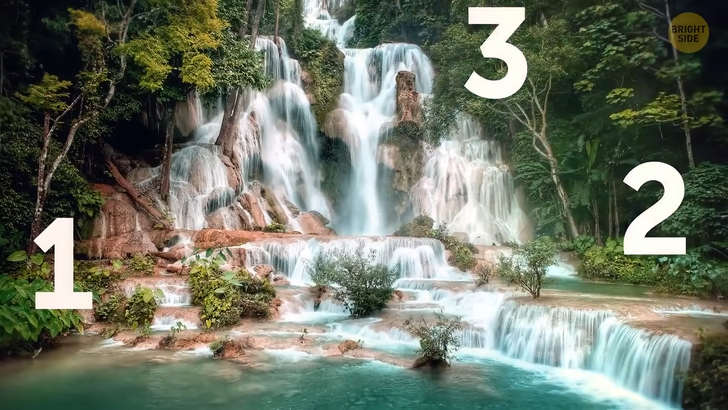
Mauritius is known for its idyllic beaches and crystal clear sea. But there’s an unbelievable phenomenon at the southwest corner of the island that appears to be an underwater waterfall. Despite how it looks, this isn’t a flowing region of water, but instead an optical illusion that happens because of the seafloor structure. The island sits on an ocean shelf that is no more than 500ft deep. At the edge of the shelf, however, it soon plunges to depths of two and a half miles. So what you’re seeing there is not an underwater waterfall, but rather, you’re witnessing particles of sand that are being pushed over by the current. I’d say a boat ride over that area would be rad.
Now, this next site will either give you goosebumps or make you marvel at its weirdness. I’d say it depends on the time of day you visit. Next to the small town of Gryfino, in Poland, you’ll find a very unusual sight: a pine tree forest where each tree is bent at its base. If you visit the crooked forest during the daytime, I’m guessing you’ll be fascinated by these sharp 90-degree curves. No, you can’t use their trunks as a stool if you decide on having a picnic, but that would be cool. Visiting the site at night will most likely give you constant chills. There is a thin layer of fog that hovers around, making the forest seem quite unwelcoming. And then there’s the fact that science still can’t explain why the trees are the way they are.
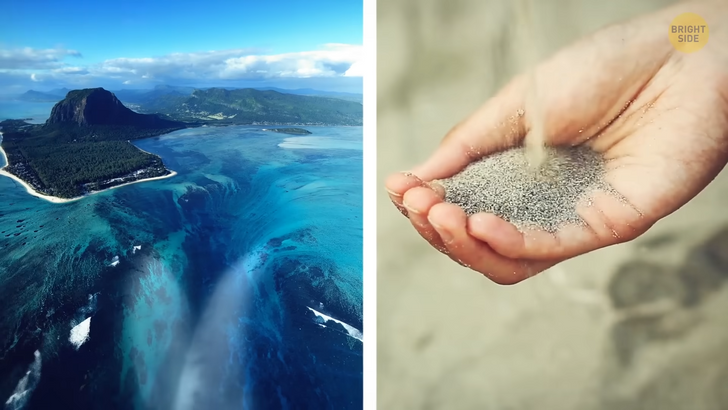
Madagascar is usually thought of as a place with an unparalleled amount of biodiversity, but its geographical features are equally impressive. The stone forest, which is located within the Tsingy de Bemaraha Nature Reserve, began life hundreds of millions of years ago as a lagoon. Today, with the help of erosion, you’ll find a series of towers with deep canyons between them. The reserve is huge, stretching over 375,600 acres.
But it’s the height that gets scary! Some of the rock’s pinnacles can stretch up to 500 ft high. In the local language, ’tsingy’ means “where one cannot walk barefoot”. The word refers to the tall-needle-like rock formations that can be found throughout the reserve. So if you ever do go visit, make sure to have some quality hiking shoes on you.











